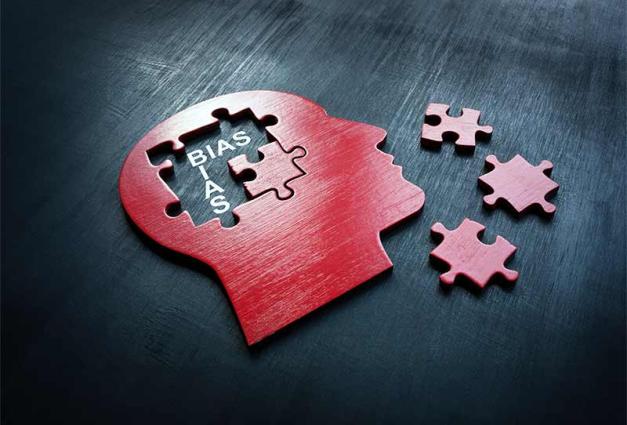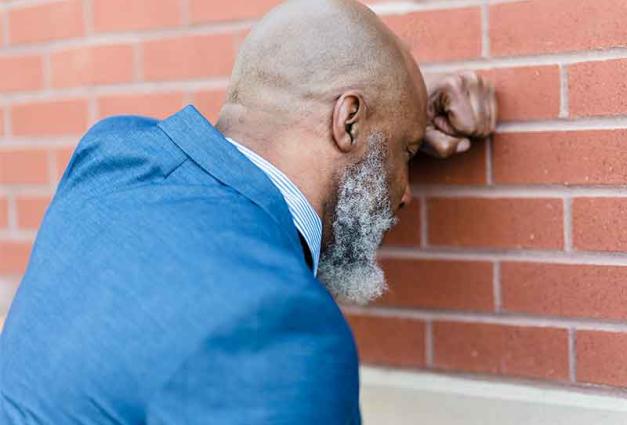In the fight for social justice, who you are matters. Stereotypes related to activist identity influence people's perceptions of activists, but also of social movements themselves. You can imagine that a Black Lives Matter protest organized and led by Black activists will be reacted to differently than the same protest organized and led by White activists. But what do these differences look like, and are they consistent across different social movements?
In our recent research, we find that while activist stereotypes can be both positive and negative, important differences exist depending on the social identity of the activist. We found that belonging to the primary disadvantaged (i.e., low-status) identity of a social movement (such as a Black racial justice activist, a female feminist activist, or a queer LGBTQ+ activist) results in different stereotypes than when the person has an advantaged (i.e., high-status) identity (such as a White racial justice activist, a male feminist activist, or a straight LGBTQ+ activist). Furthermore, although each social justice movement we examined had unique activist stereotypes, the distinctive positive and negative stereotypes by (dis)advantaged identity were consistent across the movements.
Of Activists and Allies
Several key stereotypes of "activists" have previously been examined. On the positive side, activists are typically seen as moral and motivated. On the negative side, activists are often viewed as radical and extreme. However, prior research indicates that there is a benefit to breaking down stereotypes into more specific, smaller categories. The relative group status—either historically disadvantaged or advantaged—of a key activist identity (for example race, gender, sexual orientation) could lead to important stereotype differences.
Three Movements, Three Studies
In our first study, we asked undergraduate students in the United States to write down stereotypes related to either Black racial justice activists or White racial justice activists. We used this same task in the next two studies for either female or male feminists and either straight or LGBTQ+-identifying activists within an LGBTQ+ movement. All open-ended responses were then coded and analyzed by our research team. We grouped together synonyms ("mad" and "outraged" were coded together under the synonym, "angry," for example), and then examined whether different stereotypes were generated more frequently for disadvantaged activists versus activist allies.
The Good, the Bad, and the Implications
Across our three survey studies, several common themes emerged.
- Both disadvantaged and advantaged activists had several consistent positive stereotypes associated with them: Disadvantaged activists were more frequently positively stereotyped as "strong" and "community-oriented," while allies were stereotyped as "altruistic" and "kind."
- However, both activist groups also had consistent negative stereotypes attributed to them. Disadvantaged activists were also perceived as "angry" and "aggressive," while allies were perceived as "pretentious" and "guilty."
- Several consistent stereotypes emerged for all activists such as being "moral," "passionate," and "justice-oriented." At the same time, individual activist identities had unique stereotypes attributed to them. For example, female feminists were perceived as both "competent" and "overbearing" while male activists were perceived as "feminine" and "flashy."
Our work demonstrates that activists are not all viewed the same. Instead, their relative group status influences the specific ways they are stereotyped—in both positive and negative ways.
This is important because public perceptions of activists can result in movement support as well as criticism or backlash. Going back to the example of the Black Lives Matter Movement, our findings suggest that a protest with majority Black activists may be perceived as more aggressive and angry than a protest with majority White activists, which instead may be perceived as having misguided or pretentious motives.
By extension, these different stereotypes may influence public support, as well as the portrayal of the movement and protests in the media. It could even influence the amount of policing and state repression faced by activists. In recognizing these variations in activist stereotypes, leaders and organizers of social justice movements may be better positioned to maximize the benefits of positive activist stereotypes and limit the harm of negative stereotypes.
For Further Reading
Burrows, B., Selvanathan, H. P., & Lickel, B. (2023). My fight or yours: Stereotypes of activists from advantaged and disadvantaged groups. Personality and Social Psychology Bulletin, 49(1), 110-124. https://doi.org/10.1177/01461672211060124
Devine, P. G., & Baker, S. M. (1991). Measurement of racial stereotype subtyping. Personality and Social Psychology Bulletin, 17(1), 44-50. https://doi.org/10.1177/0146167291171007
Bashir, N. Y., Lockwood, P., Chasteen, A. L., Nadolny, D., & Noyes, I. (2013). The ironic impact of activists: Negative stereotypes reduce social change influence. European Journal of Social Psychology, 43(7), 614-626. https://doi.org/10.1002/ejsp.1983
Kutlaca, M., van Zomeren, M., & Epstude, K. (2020). Friends or foes? How activists and non-activists perceive and evaluate each other. PloS one, 15(4), e0230918. https://doi.org/10.1371/journal.pone.0230918
Brooke Burrows is a 5th year PhD student at the University of Massachusetts at Amherst studying social change processes; she is also a research staff member at Columbia University's Center for Justice.
Hema Preya Selvanathan is a Lecturer (equivalent to an Assistant Professor) at the University of Queensland, Australia. She studies social change and intergroup relations.
Brian Lickel is a Professor of Social Psychology at the University of Massachusetts at Amherst. His research focuses on how people interpret events in intergroup conflicts and how these interpretations affect their emotions, self-concepts, and support for different social and political policies.




